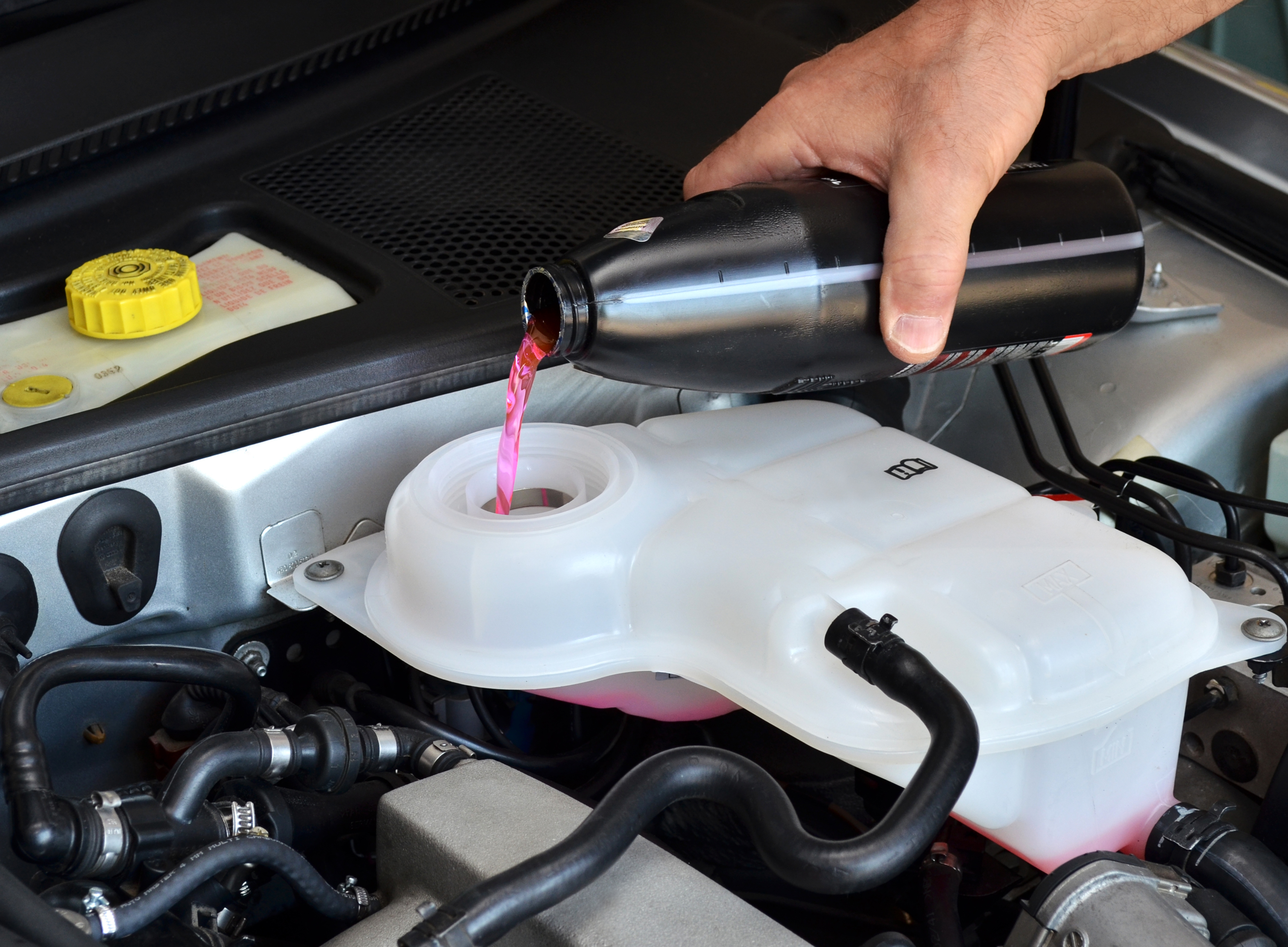Things to Consider When Your Vehicle Gets Drippy

Leaking fluid stains driveways and often hints at something far more serious happening beneath the hood.
“Maintaining fluid levels is a basic fundamental of vehicle safety,” said Henry Jasny, senior vice president of the Advocates for Highway and Auto Safety. “Even if you’re not the type to pop open the hood or look underneath the car, routine service keeps you aware of any potential problems.”
The Washington D.C.-based organization has championed cautious, aware and defensive driving for nearly three decades.
Hoses and cables enable the fluids to do their jobs year after year, but eventually wear out. More often than not a hose or cable offers clues that its clock is winding down. The key is to have a service adviser you can trust who sees and fixes minor issues before they metastasize into emergency repairs.
Allstate Insurance offers the following tips and insight about fluid leaks:
Color
- Red: Leak likely associated with the transmission or power steering system.
- Black: Old oil, transmission fluid that’s gone bad.
- Green: Engine coolant, used to prevent the motor from overheating.
- Yellow: Brake fluid, the darker shades of yellow mean the fluid is aging and needs replacement. Old brake fluid takes on oxygen and reduces brake performance.
- Blue: Windshield washer fluid
- Clear: Water, power steering fluid or gasoline.
Levels of leaks
- Stain beneath the car: Monitor and see if problem persists or worsens.
- Wet: It’s not an active drip, but there’s more than a stain.
- Seeping: Drips are pooling beneath the vehicle. Schedule an appointment with a service center.
- Leaking: Puddles form. Go to the service center immediately, even if you don’t have an appointment.
- Pouring: Fluid flowing from the vehicle. Tow the vehicle to a mechanic for the safety of you and other drivers.
Copyright © 2018 by Sensible Driver. All rights reserved.